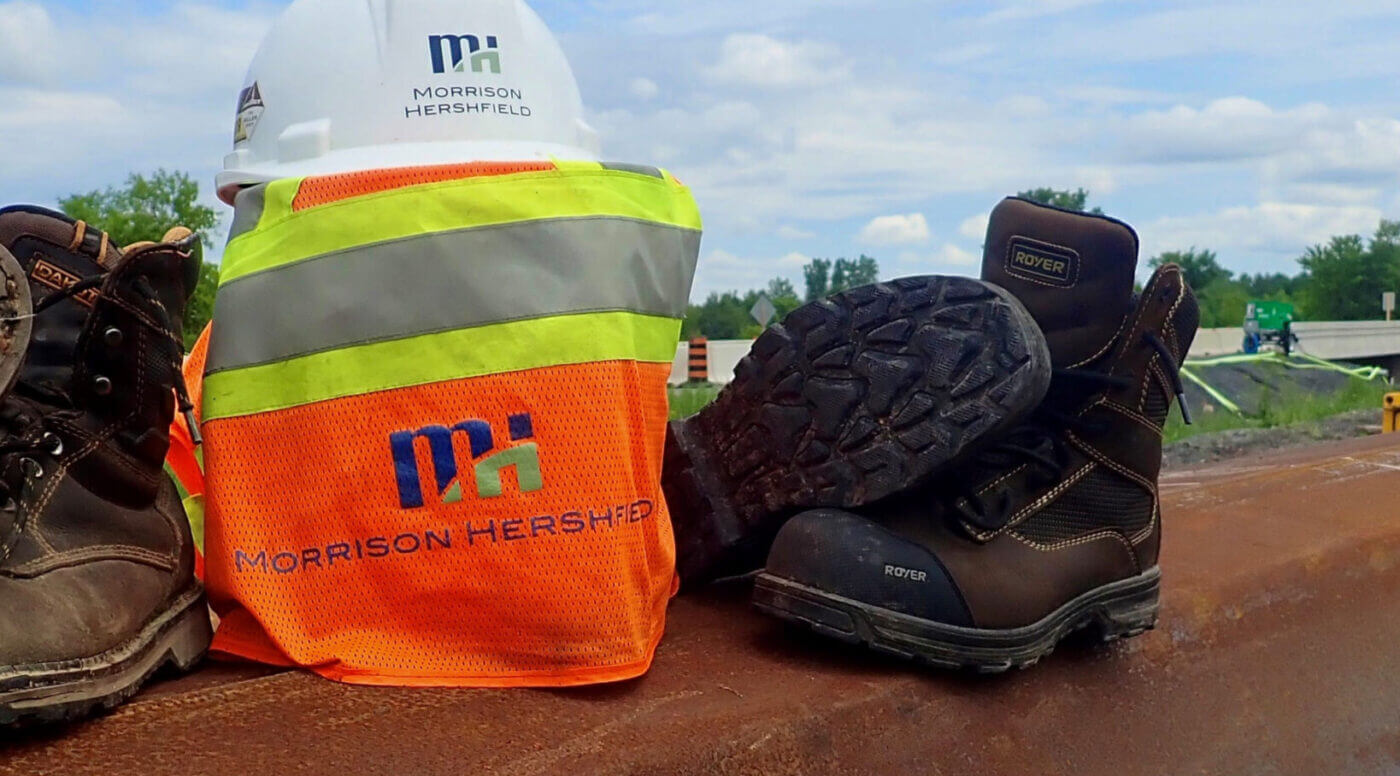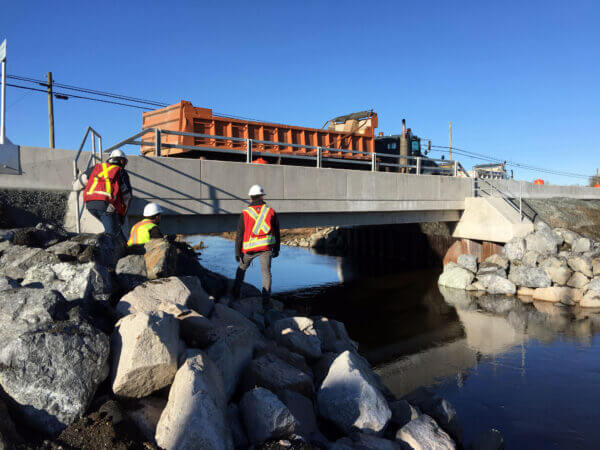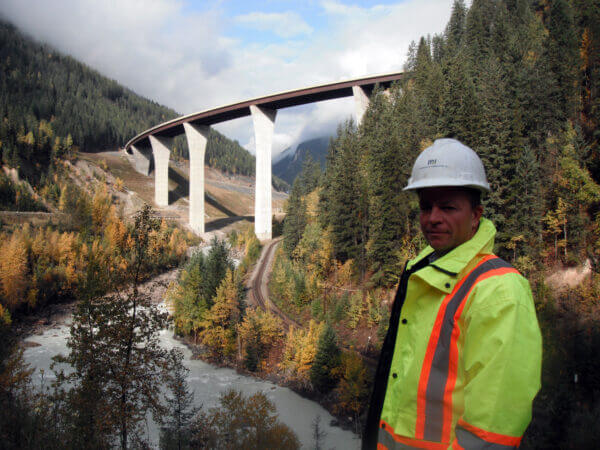
Health and Safety is of the utmost importance.
Protecting our employees and the environment
Our Health, Safety and Environmental (HSE) Program has been developed to provide all workers with the knowledge and means to perform all tasks in a safe manner.
Through the proactive management of workplace behavior and conditions, injuries, illness and loss can be prevented. The Morrison Hershfield HSE program is a dynamic process that evolves through employee and management review. Our objective is to promote continuous improvement in an effort to achieve a ‘zero injury’ workplace.
We make every reasonable effort to promote, create, and maintain a safe and healthy environment by fostering a productive, creative atmosphere based on mutual respect, trust, and honesty. This is done through managing risk, assessing and evaluating the environment, advocating safe work practices, providing access to appropriate training, as well as ensuring compliance with industry recommended practices and with all regulatory agencies.
Health, Safety and Environment Mission Statement
Protecting the health, safety and environment of employees is a primary concern at Morrison Hershfield. This goal is met through the development of a comprehensive health, safety and environmental policy that endeavors to eliminate unsafe conditions and minimize the impact of hazardous situations. This program benefits the company by reducing illness and injury to staff, preventing property damage, and preserving the environment.


Health, Safety and Environmental Program Review
Morrison Hershfield’s health, safety and environmental program is reviewed and revised annually for effectiveness and implementation. Information is solicited from management and employees to determine the effectiveness of each program component and to assist in developing adjustments and corrections. The review includes, but is not limited to:
- Checking existing procedures and operations to ensure that the current guidelines meet safety needs,
- Changes and adjustments in the program where necessary and notifying the affected employees, and
- Devoting special attention to areas and criteria that demonstrate failure in a program or where introduction of new procedures, processes, or equipment have been implemented.